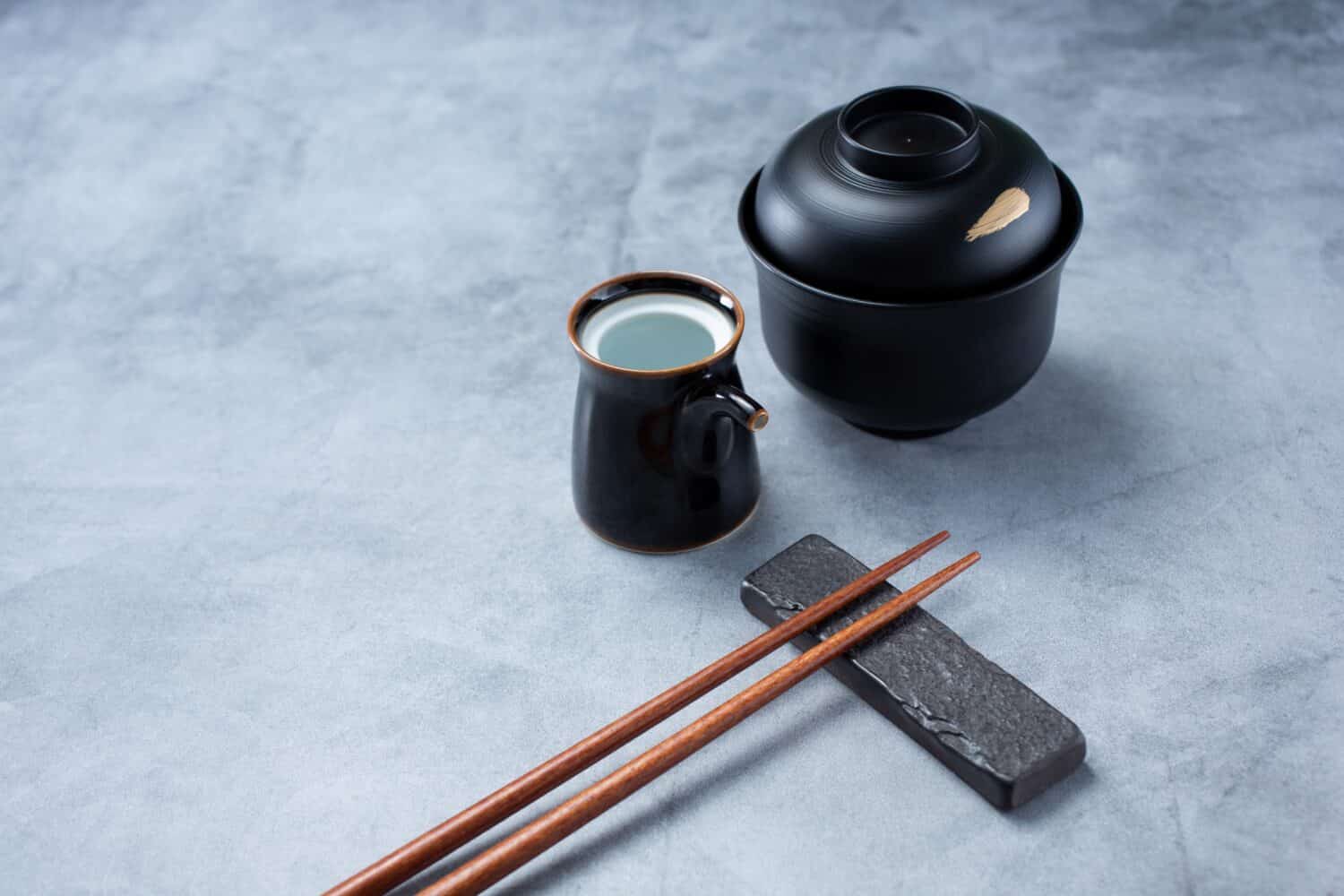If you’re wondering about the difference between tamari vs. soy sauce, you’re reading the right post. While these sauces can be used interchangeably, and come from quite similar production methods, there are some key differences. Comparing tamari vs. soy sauce comes down to the consistency, the flavor, and the nutritional differences. Tamari has a higher soy content and fewer additives than soy sauce, which affects its consistency, and overall flavor. Soy sauce usually contains wheat as an additive, which makes it not a gluten-free option. While both will deliver a proper punch of sodium to whatever they’re mixed in with, it’s best to know exactly what you’re adding to your meal.
In this post, we’ll learn about the production method for tamari vs. soy sauce. You’ll get some ideas for dishes where one, or either is an ingredient and when it's best to use them. Read on to learn about the history of these salty sauces, and how they’ve evolved over the years. By your next trip down the sauce aisle at the grocery, you’ll be wise to the differences, and know which one you want to use.
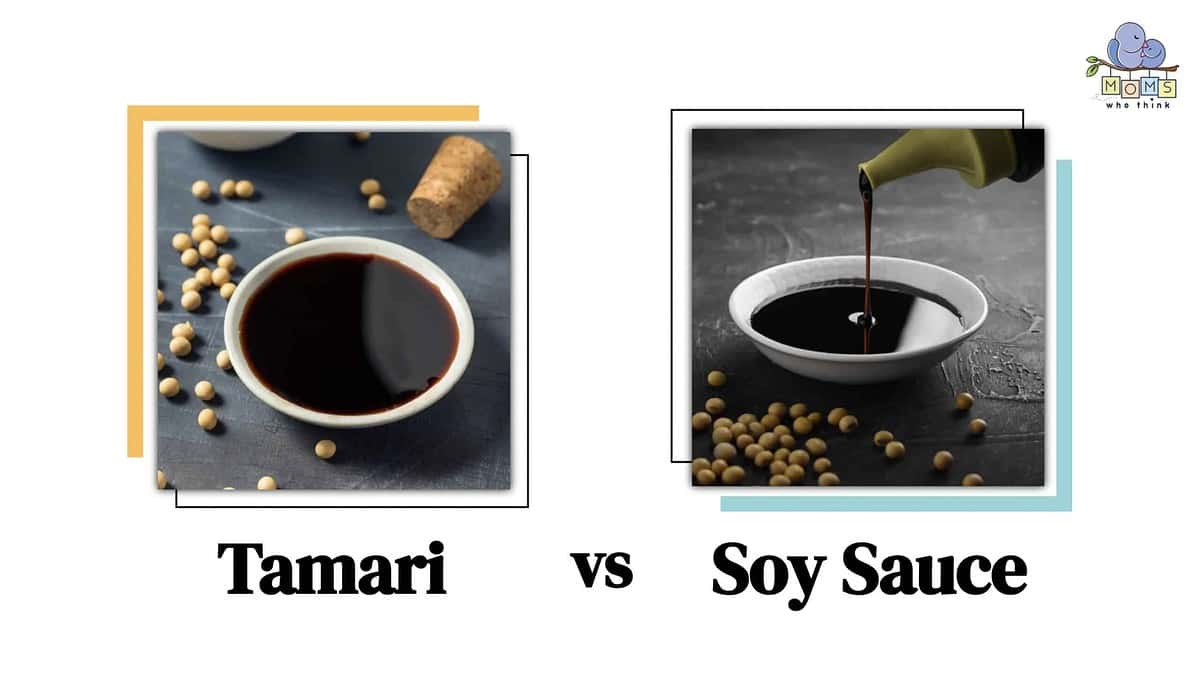
Happy cooking!
Tamari vs. Soy Sauce: What Is The Difference?
Let's state the obvious – in the comparison of tamari vs. soy sauce, there are a lot of similarities. They look the same, smell the same, and even taste mostly the same. However, the differences are quite important, namely because tamari is gluten-free, has a higher soybean content than soy sauce, and has a subtly richer taste. These things can also affect the overall consistency: tamari is slightly thicker than soy sauce. Soy sauce, often has additives, including wheat, which makes it not a gluten-friendly choice.
History And Origin Of Tamari And Soy Sauce
Tamari and soy sauce have ties to both Chinese and Japanese fermentation cultures. They are both byproducts of other fermented soybean ingredients the likes of miso paste. There was an ancient Chinese sauce known as “jan” which was made from pickling ingredients in salt to create an umami flavoring. It was the grain type of this “jan,” that was likely a predecessor to soy sauce. Tamari, the Japanese variety of soy sauce shows up historically under the name “hishio”. It was made from soybeans as a byproduct of miso paste. It had a thicker consistency, and richer taste than its cousin, soy sauce (via soysauce.org).
The process of creation for both sauces combines bacteria with fermented soybeans. While the process has existed for thousands of years, the first mention of it in English comes in 1679 with John Locke. At the time, tamari and soy sauce were both referred to as “shoyu” and were known before people understood how they were made, or what they were made from. It wasn't til 1899 that soy-bean sauce was suggested as a general term and despite the differences in the development of tamari vs. soy sauce, the general public did not seem aware of the sauce differences (via Soy Info Center).
What is Tamari Sauce?
Tamari sauce, also known as tamari shoyu, is popularly used in Japanese cuisine. This sauce can be gluten-free, wheat-free, and vegan, depending on how it's made, which is through the fermentation of soybeans. Tamari is known for its dark color, and strong, rich umami flavor. It is a sauce used for flavor enhancement and makes a great dip for foods that can use a kick of sodium (via Healthline).
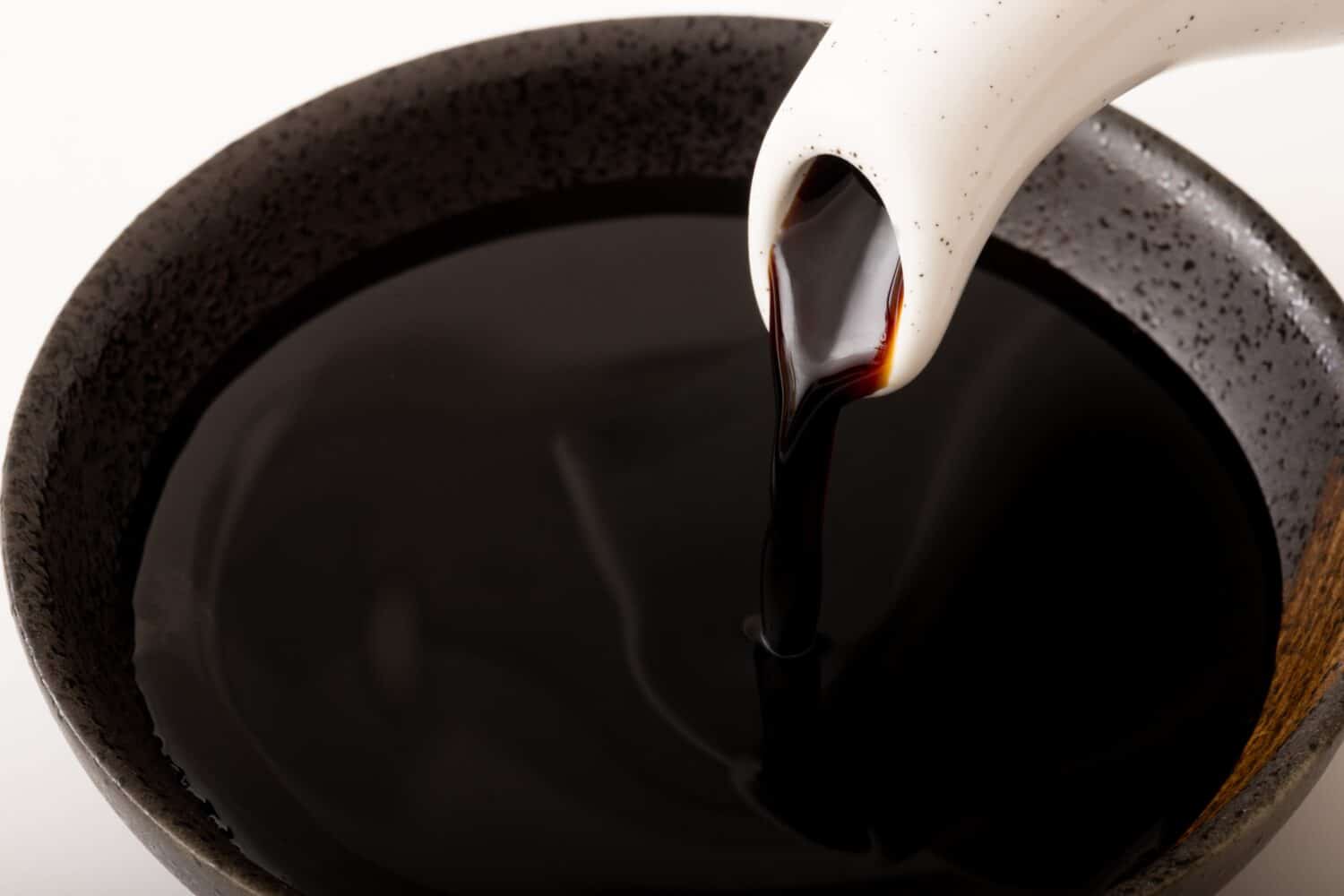
©KOHUKU/Shutterstock.com
How Tamari Sauce Is Made
The first step in tamari sauce creation is to steam soybeans in a large vat. Next, mash up the steamed soybeans, until they can be molded into balls. This shape eliminates airflow, creating a perfect environment for lactic bacteria to flourish. Koji (Aspergillus oryzae) is a Japanese fungus used in lots of traditional ingredients. This bacteria is added to the balls, and placed in a 32º Celcius container for 3-4 days. The resulting product is known as Mame koji, an ingredient in miso paste. The Mame koji is put into barrels, covered in cloth, and weighed down. Saltwater is added and the whole mixture, now known as moromi, undergoes a pumping process before starting fermentation. Fermentation lasts between 4-6 months. The mixture is then pressed to release the liquid (tamari), pasteurized, and processed into bottles for worldwide distribution (via San-J).

©Bobex-73/Shutterstock.com
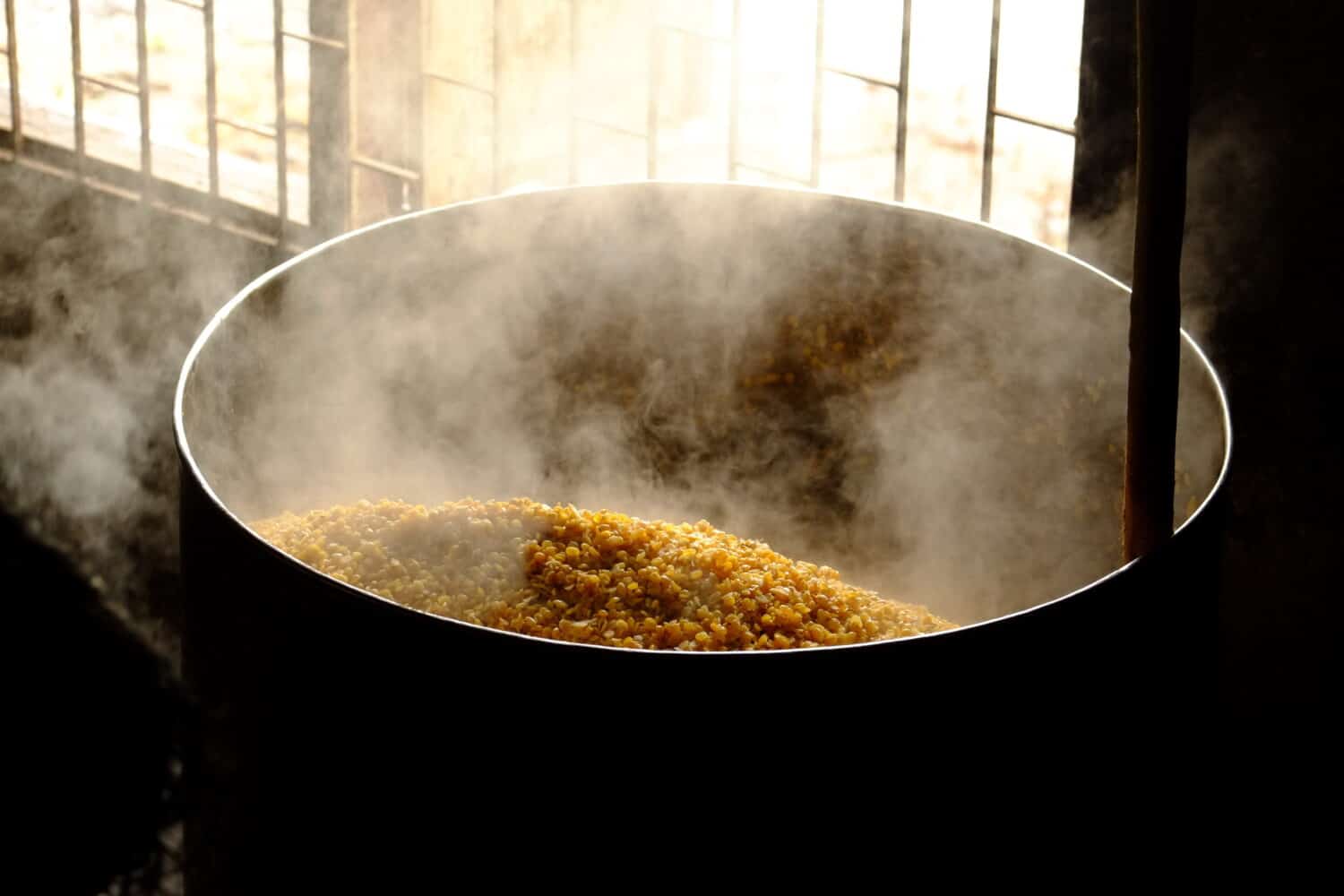
©Mr.wason Charatvisitkul/Shutterstock.com
Popular Dishes That Use Tamari Sauce
Tamari sauce is excellent as a flavor addition in glazes, sauces, and marinades. It can also be mixed with other thickening agents to produce a dipping sauce for low-flavor foods. Kikkoman Tamari recommends some of the following dishes using tamari sauce, specifically:
- Tamari & Chili Glazed Lamb With Shredded Pickled Vegetables
- Teriyaki Chicken with Fragrant Jasmine Rice & Asian Greens
- Root Vegetable Cakes with Soy Chili Sauce
- Caramelized Tamari Chicken and Noodles
- Tamari Glazed Salmon
- Stir-fried Vegetables with Rice Noodles
- Griddled Nectarine and Feta Salad with Tamari Dressing
What Is Soy Sauce?
Soy sauce is another umami sauce that is made with a 1:1 ratio of fermented soybeans to what. This results in more dilution, and a sweeter flavoring than tamari due to the added wheat. Soy sauce is not gluten-free and often contains more additives than tamari. There are gluten-free varieties available, but be sure to check the label to be sure you're purchasing the right kind of soy sauce (via Healthline).
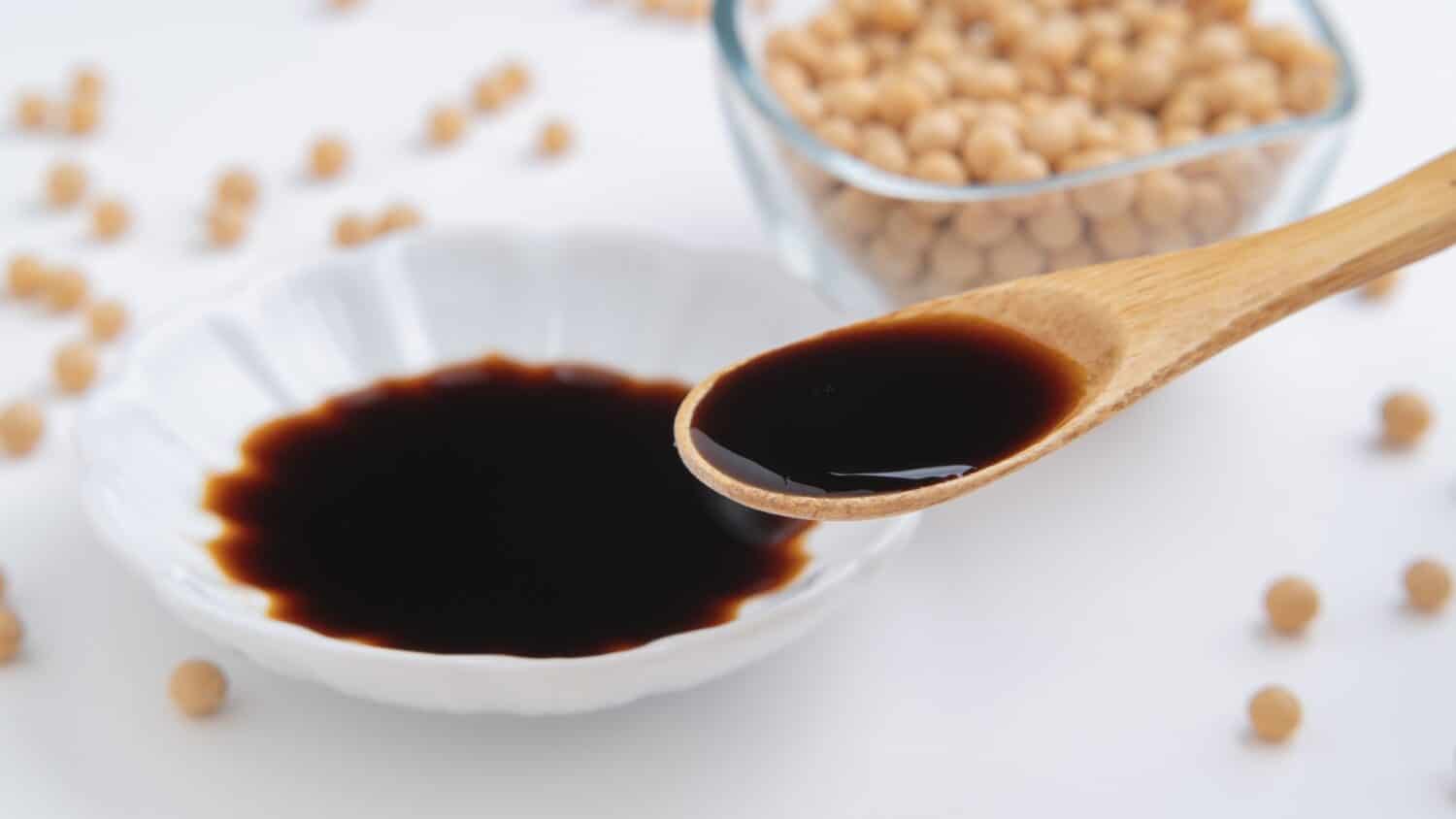
©aomas/Shutterstock.com
How Soy Sauce Is Made
Similarly to tamari, soy sauce comes from steamed soybeans. However, they diverge in the addition of cooked wheat grain. These ingredients are combined to form a paste, and the Aspergillus oryzae bacteria is added to the mixture. They go through a similar saltwater brining process, and further fermentation before being pressed and processed for distribution. Thickening additives are included if the soy sauce is made into a condiment as opposed to just the liquid byproduct.
Certain soy sauce producers will swap out the bacteria for acid-hydrolyzed vegetable protein, which speeds up the process immensely. The most common types of soy sauce created include light soy sauce, which has less sodium content. There is also dark soy sauce, which has been left to ferment longer and has been sweetened with ingredients like molasses. The latter kind is popular in glazes for its sugar content (via Master Class).
Popular Dishes That Use Soy Sauce
Like tamari, soy sauce can be used for dips, glazes, and marinades. It can salt up soups, flavor sushi, and be mixed with other ingredients to form dressings and sauces of all kinds. Check out some of these dishes from our website that use soy sauce in their recipe:
- Chicken in Orange Sauce Recipe
- Beef Brisket and Onion Sauce Recipe
- Chicken in Orange Sauce over Fluffy Rice Recipe
- Five-Spiced Turkey
Nutritional Comparison of Tamari vs. Soy Sauce
While overall, Tamari is a healthier option, both sauces are eaten in small portions. Therefore, it won't severely impact you if you're simply flavoring a dish with some tamari vs. soy sauce. If you have a gluten intolerance or sodium sensitivity, it is important to pay attention to the labels. Tamari is typically gluten-free and contains a higher content of vitamins and minerals than soy sauce. Soy sauce can be sweeter but typically has wheat or gluten, as well as sugary additives that affect the overall nutritional profile. Refer to this handy chart below, to take a closer look at some of the nutritional differences.
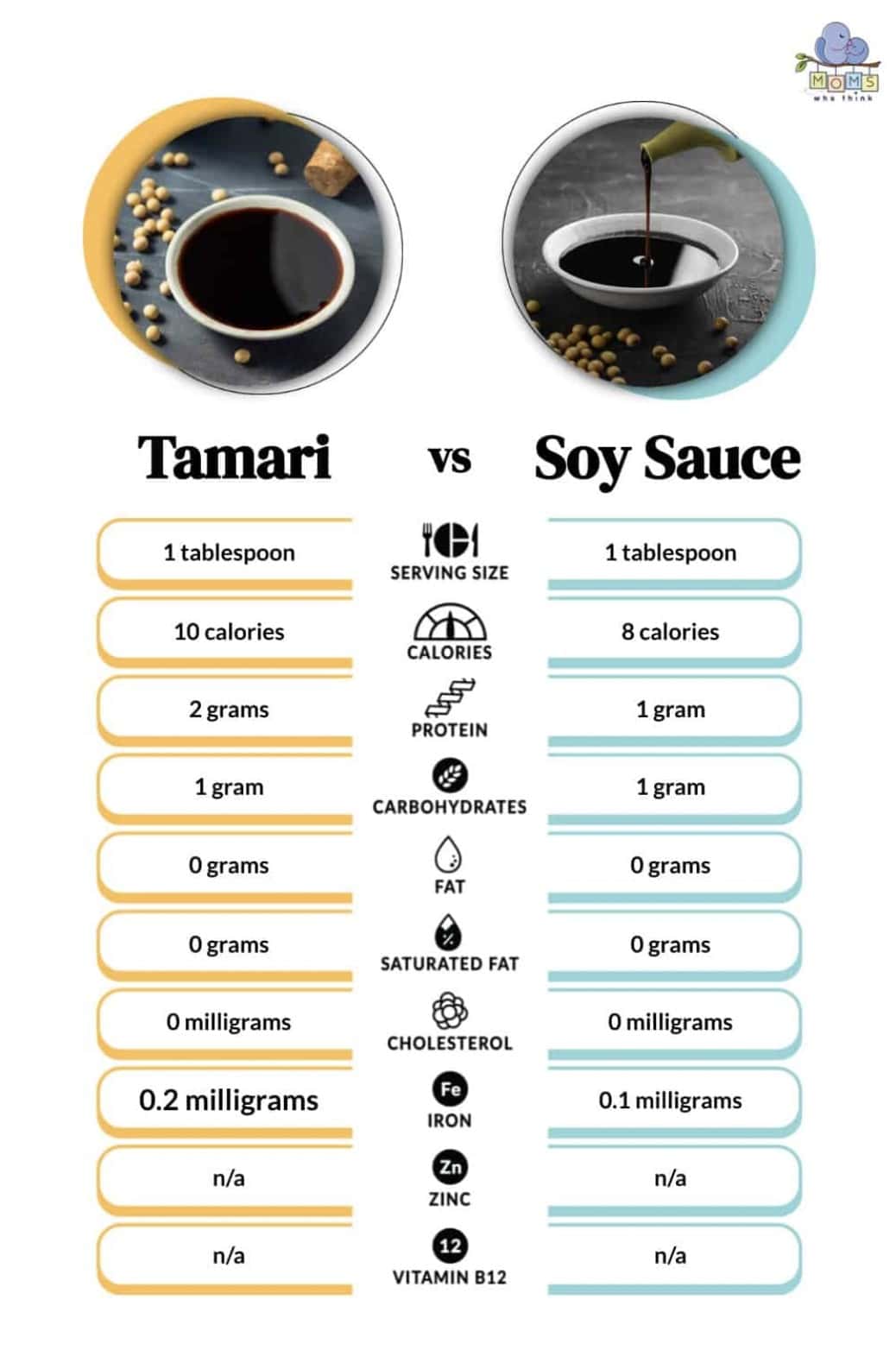
Possible Alternatives To Tamari And/Or Soy Sauce
So, we've already covered that soy sauce and tamari can be substituted for one another. It will subtly change the flavor, but it isn't all that noticeable. Other sauces that can provide a similar flavor in dishes include coconut aminos, Bragg liquid aminos, fish sauce, and Worcestershire sauce. It's also possible to make at-home versions of tamari and soy sauce with comparative ingredients. For these recipes, you'll need items like bouillon, spices and herbs, vinegar, molasses, or other sugars, and broth (via Healthline).
The image featured at the top of this post is ©The Image Party/Shutterstock.com.
